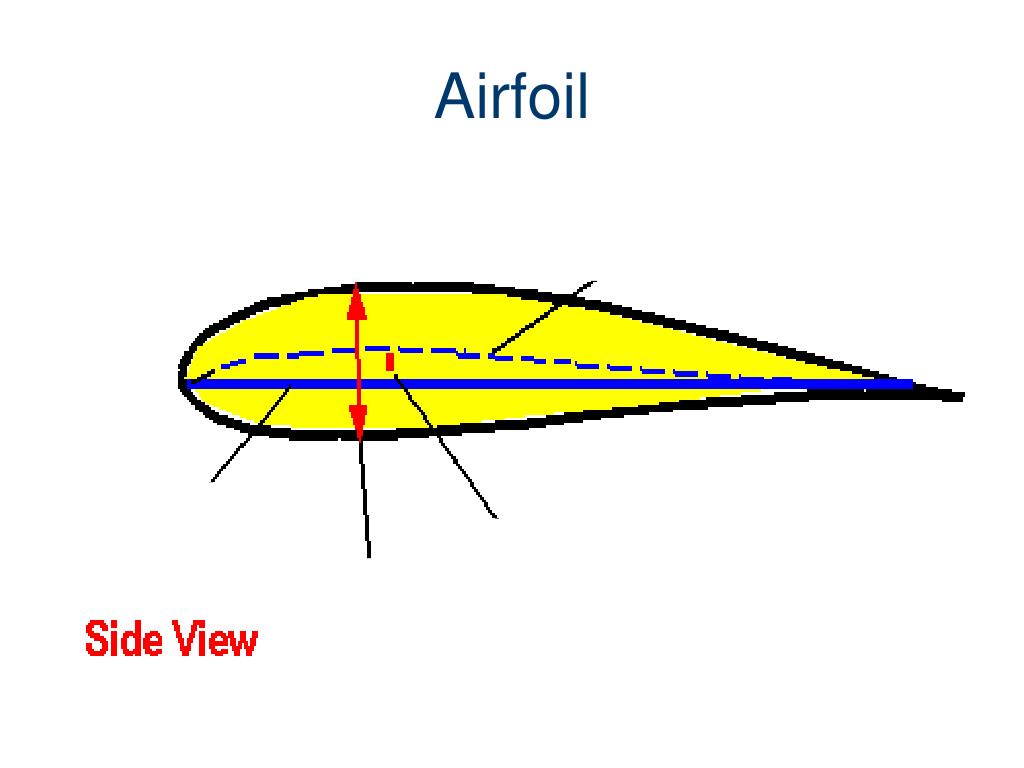

Designers may also vary the camber over the span of the wing to improve stall and stall recovery characteristics.Įxplanation of the different types of camber. The lift coefficient is a number that aerodynamicists use to model all of the complex dependencies of shape, inclination, and some flow conditions on lift. A supercritical aerofoil will usually incorporate a negatively cambered lower surface. An aerofoil in which the camber of the upper and lower surfaces are the same is referred to as symmetrical and is most often found in aerobatic aircraft intended for inverted flight. In contrast, drag is the component that is parallel to the. airfoil âr foil A structure having a shape that provides lift, propulsion, stability, or directional control in a flying object. Furthermore, lift is the component such that the force turns out to be perpendicular to the motion’s direction.

The upper surface of the aerofoil will always have a positive camber while the lower surface may have a positive (convex), zero (flat) or negative (concave) camber as appropriate for the intended use. Aerofoil or airfoil refers to a cross-sectional shape whose design takes place with curved surface that provides the most favourable ratio between lift and drag in flight. Close this window to return to the lessons. This window has been spawned from your main browser. The cross section of an airplane wing is an airfoil. A fundamental component of aerofoil design is the camber which will vary with the intended speed and purpose of the aerofoil. A streamlined surface designed in such a way that air flowing around it produces useful motion. The distinction between laminar and turbulent boundary layers was not known, so airfoil shapes did not factor in boundary layer transition. Certain airfoils, such as rotor blades, combine some of these. Airfoils are also used for stability (fin), control (elevator), and thrust or propulsion (propeller or rotor). An aircraft wing provides lift by causing air to pass at a higher speed over the wing than below it, resulting in greater pressure below than above. Airfoils are most often associated with production of lift. airfoil r foil A structure having a shape that provides lift, propulsion, stability, or directional control in a flying object.
#Definition airfoil series
During the late 1920s and into the 1930s, the NACA developed a series of thoroughly tested airfoils and devised a numerical designation for each airfoil a four digit number that represented the airfoil sections critical geometric properties. An airfoil is any surface producing more lift than drag when passing through the air at a suitable angle. Production of lift is dependant primarily on airspeed, angle of attack and aerofoil design. Such airfoils tend to have pressure peaks near the nose, followed by a long and shallow pressure recovery. National Advisory Committee for Aeronautics airfoils. Camber is defined as the convexity of the curve of an aerofoil from the leading edge to the trailing edge.


 0 kommentar(er)
0 kommentar(er)
